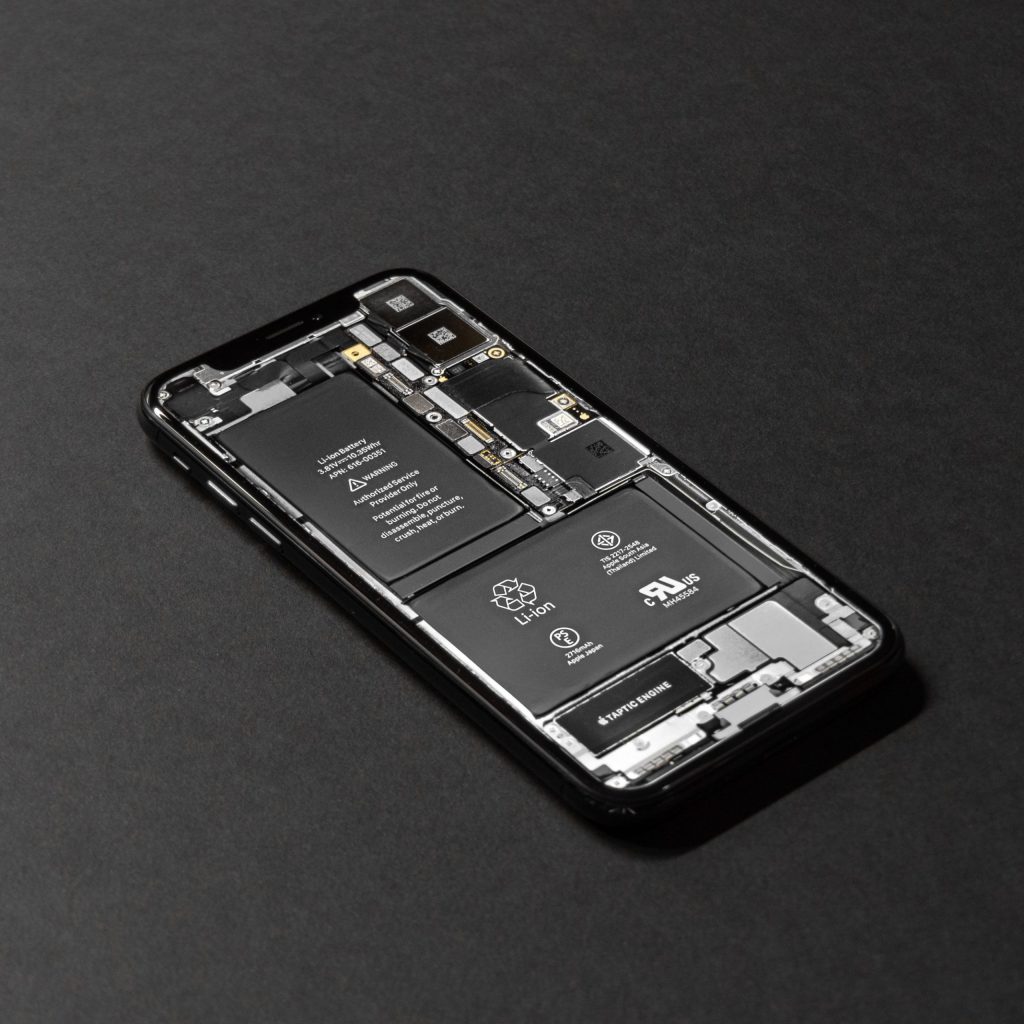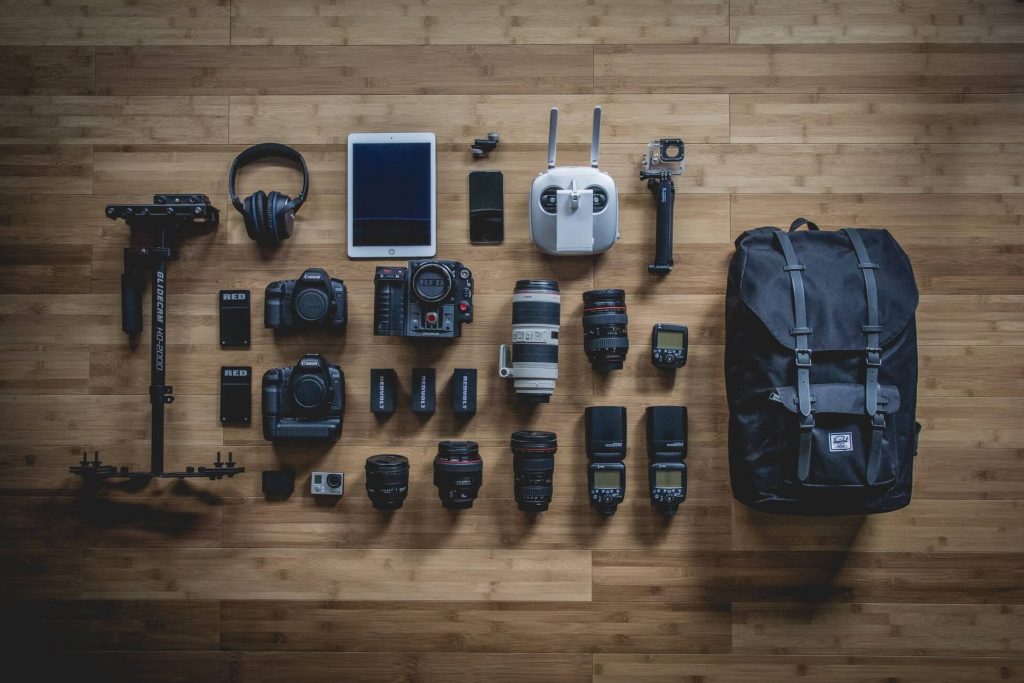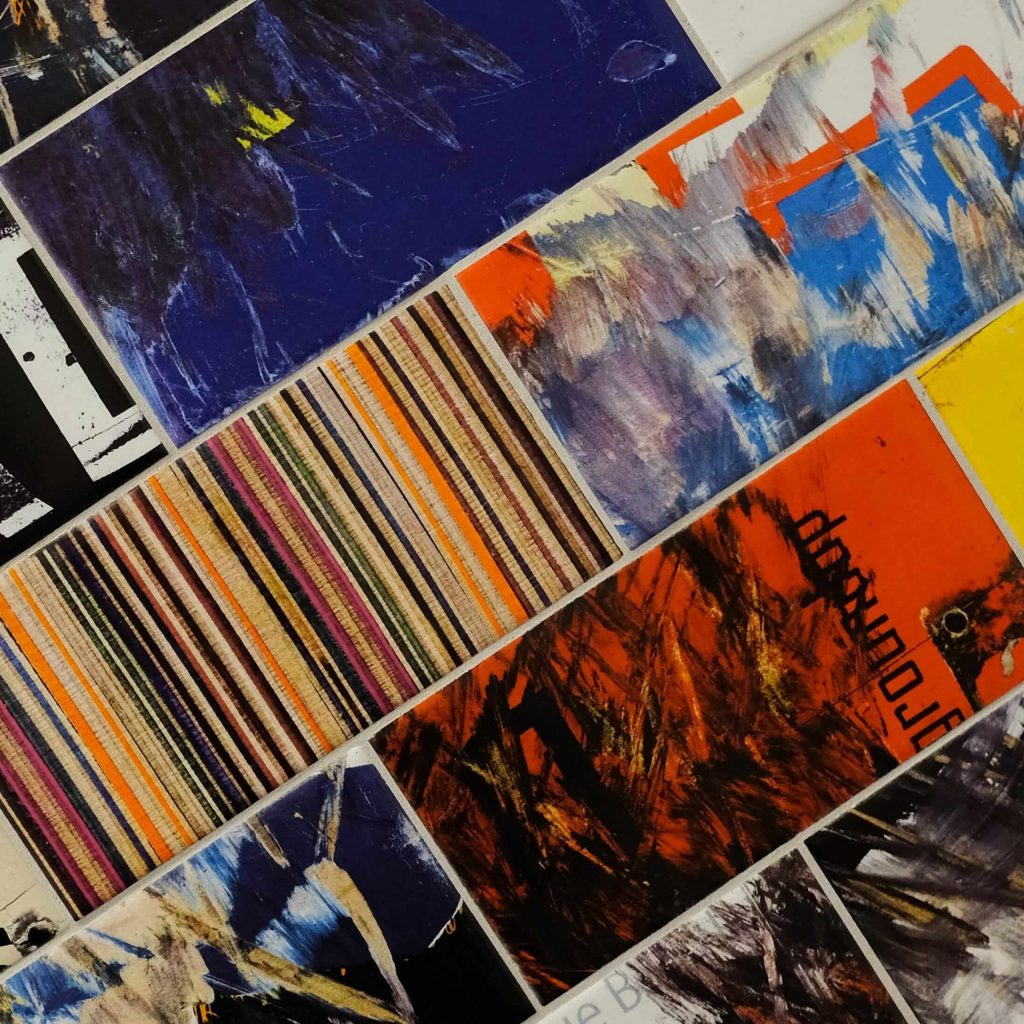Find Music Category inside your Soula

The primary goal of this quick start guide is to introduce you to Unreal Engine 4`s (UE4) development environment. By the end of this guide, you`ll know how to set up and develop C++ Projects in UE4. This guide shows you how to create a new Unreal Engine project, add a new C++ class to it, compile the project, and add an instance of a new class to your level. By the time you reach the end of this guide, you`ll be able to see your programmed Actor floating above a table in the level.
This quick start guide shows you how to add assets to your Unreal Engine (UE4) games. By the end of this guide, you`ll know how to use the Project Browser to create new projects and navigate the Content Browser to find and add content. You`ll also know where to find information on the FBX Content Pipeline while learning how to use the Material Editor to modify Materials before applying them to a Static Mesh Actor.
Main Features
- Achieve Hollywood best quality visuals out of the box.
- With complete C++ source code access, you can study.
- Comes with designer-friendly Blueprint visual scripting.
- Unreal Engine provides Robust Multiplayer Framework.
- The built-in Cascade visual effects editor enables particles.
- Unreal Engine 4`s Material Editor makes use of physically-based.
What is the target audience?
- You might be thinking, all of the above – and that is fine. But as a complete beginner learning Unreal Engine 4.
- The rendering system in Unreal Engine 4 is an all-new, DirectX 11 pipeline that includes deferred shading.
Learning a new game engine as a complete beginner is very intimidating. There are a lot of tutorials, documentation and advice already out but how do you start and proceed with learning Unreal Engine 4 is unclear. You get pulled into many different directions and end up confused and overwhelmed.
I have spent a lot of time deconstructing what it takes to learn a game engine from scratch. What it is that you should focus on first and what you should avoid until later
Section 1: Introduction to Unreal engine 4
The Tensor Core GPU Architecture designed to Bring AI to Every Industry. Equipped with 640 Tensor Cores, Volta delivers over 100 teraflops per second (TFLOPS) of deep learning performance, over a 5X increase compared to prior generation NVIDIA Pascal architecture.
Welcome to your first slider tutorial. This slides will start with a simple introduction. Then, You will open up google cause I"ll show you where you can download the blender software and which version of it will we be using in the entire course period.
Note: The download link is available with the lecture, plus the .pdf file is also included for you to download if you still need help downloading the software.
Section 2: Middle Engine checking
Early computer graphics shading models proposed by Henri Gouraud and Bui Tuong Phong, among others, computed reflections based on the spatial relationship between light sources and a point on a surface. Somewhat later, Jim Blinn developed a reflection model derived from Ken Torrance’s work describing inter-reflections of the microscopic structures of surfaces.
The rendering of a shiny teapot with doors and windows reflected from its surface
Section 3: Ray Tracing overview
Productivity Hacks to Get More Done in 2018
— 28 February 2017
- Vulcan News Feed Eradicator (free chrome extension)
- Stay focused by removing your Facebook newsfeed and replacing it with an inspirational quote. Disable the tool anytime you want to see what friends are up to!
- Hide GUI (free extension for UE4)
- Stay focused by hiding your inbox. Click "show your inbox" at a scheduled time and batch processes everything one go.
- Habitica (free mobile + web app)
- Gamify your to do list. Treat your life like a game and earn gold goins for getting stuff done!
Continue Your Learning with our 30 Day App Challenge
— 28 February 2017
- So there you have it. 30 days to make and publish your app.
- There`s never been a better time to get started.
- Good luck and please post your questions to the community.
- Let`s all help each other make some great apps this month!
See you in the course!









